

Math is everywhere and essential to success in our everyday lives, whether we use it at work, at home calculating the cost of our mortgage or when we establish a weekly budget. And contrary to popular wisdom, a majority of students enjoy math.
The way many of us have been taught math can lead us to think that mathematics is adverse to the idea of play. Math does have rules and correct answers, but mathematical play can help learners build essential math skills and perpetuate enjoyment of this essential skill.
Play is active, engaging, and meaningful for the player. In his book Free to Learn, Dr. Peter Gray of Boston College defines five essential characteristics of play:
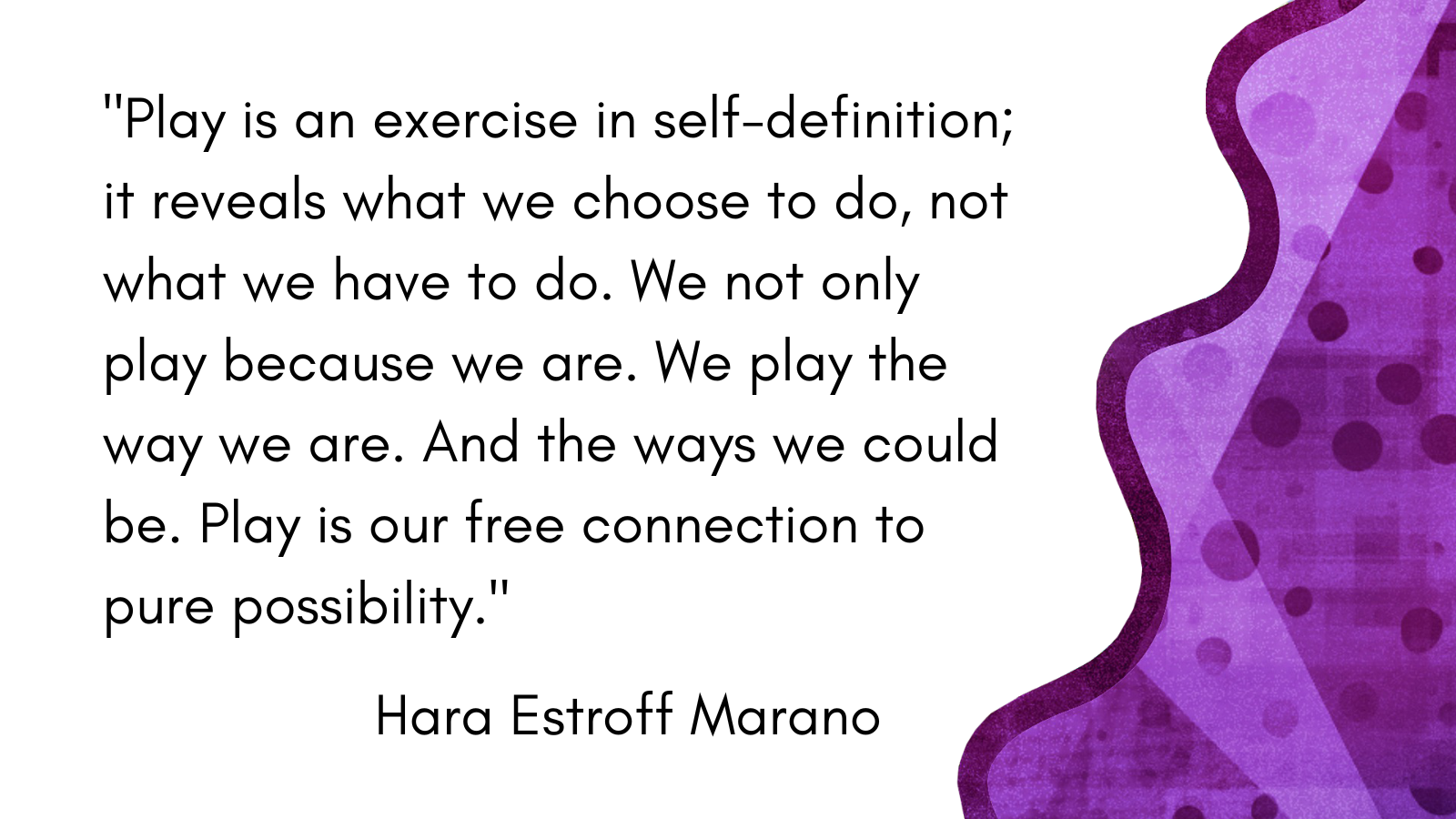
Most math instruction is initiated by the teacher and practice is highly controlled. How can we possibly give students the opportunity to control or initiate play with math?
A play-based approach uses play as the context for learning, allowing students to initiate activities, activate their imaginations, and craft their own experiences.
In guided play, adults set up the context, but let students take the lead once they begin. The teacher's role is to observe and respond to student cues, not direct their action.
Many elementary classrooms use manipulatives to build essential math foundations. Most of these manipulatives provide opportunities for play that build number sense and deepen understanding of fractions and geometry.
For example, encourage self-directed play with math manipulatives by providing:
Students may initially struggle because they have learned to expect directions, but once they understand they can do what they want, they will not only initiate a range of activities, they will explore and share experiences in collaboration with peers.
Consider using digital tools, like Wixie, to provide students with an unlimited supply of virtual manipulatives that don't take up physical space in the classroom.
Students can even create their own digital tiles to create patterns that explore repetition and geometric transformations.

Centers use hands-on activities to engage students in practice and exploration without the need for direct supervision. Students love centers for this small bit of independence during a normal school day, making it easier to encourage them to play.
Use manipulates, like those mentioned earlier, to provide opportunities to explore symmetry, balance, equivalence, congruence and more; even if students don't know the meaning of these terms.
Again, virtual manipulatives are a great space-saving resource for a center. Just as they move Cuisenaire rods on a table, students can arrange them on a computer screen. As they "build" with the rods, it becomes easier to see different ways to formulate the same value — building a deeper conceptual knowledge of factors.
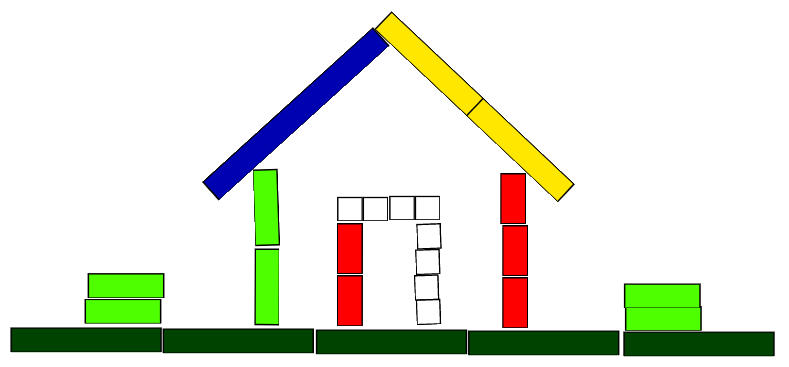
If you have a dramatic play center, incorporate math "props" like calculators, tape measures, rulers, cash registers, and measuring cups. Use math terms like count and measure to describe the play you are observing and help students connect math to everyday life and see its importance in accomplishing daily activities.
Incorporate characteristics of play into regular math activities. For example, use a light-hearted approach to mimic how play takes the stress away, helping learners thrive. You could provide choice in how students practice math skills or demonstrate understanding. You might pose "I wonder" questions to associate math with imagination and wonder.
Children's books, like Chicka, Chicka, 1, 2, 3, inspire learners to tell imaginative stories with math. For example, in The Greedy Triangle, Marilyn Burns personifies a shape for a fun adventure that explores a range of different shapes.
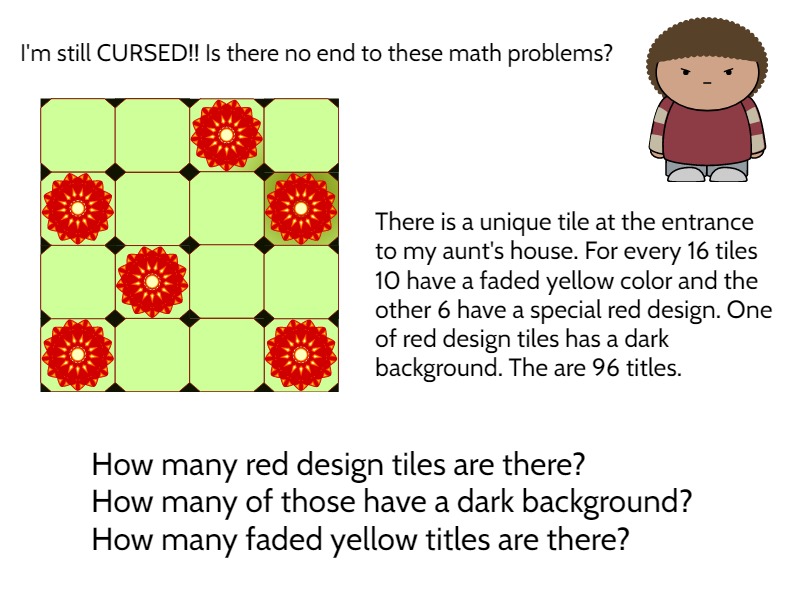
You could read Math Curse by Jon Sczieszka, to explore the hilarious consequences of thinking too much about the calculations that occur throughout the day. Then, have students write their own fun math stories.
Take a step back, but continue to support learning as students play by using mathematical terminology to describe your observations. Using statements like "Liam has a tall tower," or "Jasmyn used triangles to make a pattern," models new vocabulary and encourages additional student interaction by inciting curiosity about what peers are playing.
Avoid asking questions like "What shape did you use?" which immediately brings an end to play and returns the activity to teacher control.
Make time for play. This could be free time with open access to math manipulatives and other literacy or science topics. It could be an open-ended play center that is part of a station rotation or an activity that takes place once a week or every day.
Be intentional about the materials you provide to students for math play. As they take the time to play, watch and listen to see which objects encourage the deep thinking you want to see. This way, play and wonder become an integral part of every student's mathematical adventures.
Creative classroom ideas delivered straight to your in box once a month.
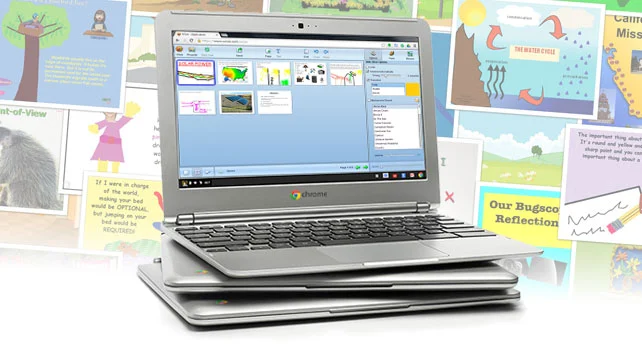

Wixie
Share your ideas, imagination, and understanding through writing, art, voice, and video.

Rubric Maker
Create custom rubrics for your classroom.

Pics4Learning
A curated, copyright-friendly image library that is safe and free for education.

Wriddle
Write, record, and illustrate a sentence.
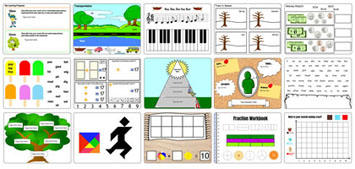
EDU ToDo
Interactive digital worksheets for grades K-8 to use in Brightspace or Canvas.
Topics